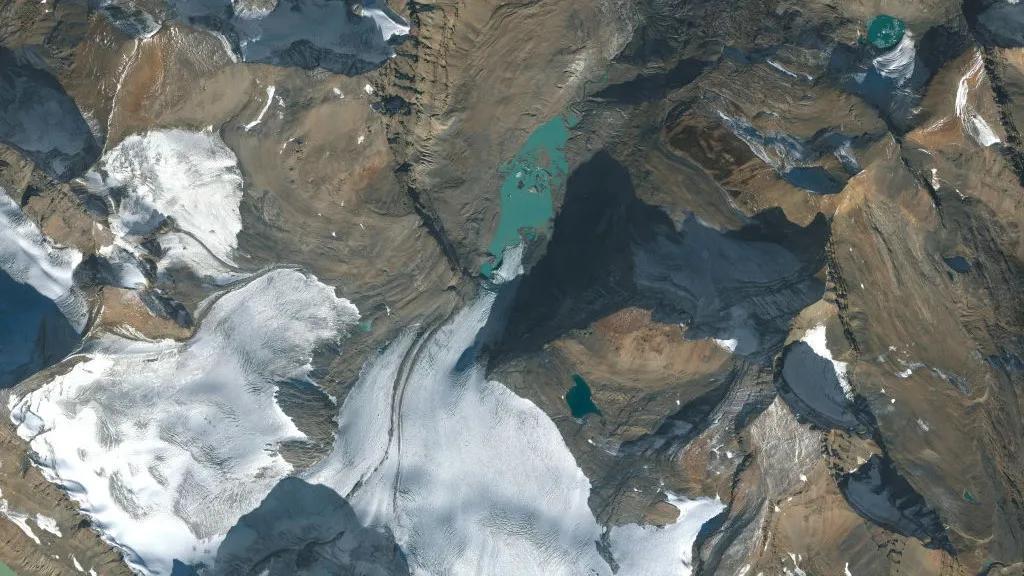
North America & Europe’s Glaciers Lost Unprecedented Ice in 4 Years: Study
The world is waking up to the harsh reality of climate change, and the latest findings on glacier melting are a stark reminder of the consequences of our actions. A recent study has revealed that glaciers in North America and Europe have lost an unprecedented amount of ice between 2021 and 2024, with some regions experiencing a staggering 13% shrinkage.
The study, published in the journal Geophysical Research Letters, analyzed data from glaciers in Washington, Montana, British Columbia, Alberta, and the Swiss Alps. The researchers found that these glaciers lost “unprecedented” ice during the four-year period, with the amount of ice lost more than doubling that recorded from 2010 to 2020.
The study’s findings are alarming, to say the least. US and Canadian glaciers lost an average of 24.5 billion tons of ice per year, while Swiss Alps glaciers shed 1.7 billion tons annually. This is not a gradual melting; it’s a rapid and sustained decline that has significant implications for the environment, ecosystems, and human societies.
The study’s authors point to rising temperatures as the primary driver of this unprecedented glacier melting. “The observed acceleration in glacier mass loss is consistent with the expected impacts of climate change,” said Dr. Richard Armstrong, a glaciologist at the University of Colorado Boulder and lead author of the study.
Glaciers play a crucial role in regulating Earth’s climate, providing a natural buffer against extreme weather events, and supporting unique ecosystems. As they melt, the consequences are far-reaching and devastating. Rising sea levels, changes in ocean currents, and altered weather patterns are just a few of the potential impacts.
The study’s findings also highlight the need for urgent action to address climate change. As global temperatures continue to rise, the rate of glacier melting is expected to accelerate, with potentially catastrophic consequences.
So, what can we do to mitigate the effects of climate change and slow the rate of glacier melting? The answer lies in reducing our carbon footprint, transitioning to renewable energy sources, and adopting sustainable practices in our daily lives.
In Washington, Montana, British Columbia, and Alberta, efforts are underway to protect and preserve glaciers. For example, the US National Park Service is working to reduce the impact of climate change on Glacier National Park’s glaciers, while the Canadian government has launched initiatives to conserve and restore glaciers in the Canadian Rockies.
In the Swiss Alps, local communities and conservation organizations are working together to promote sustainable tourism and protect glaciers from human impact.
As individuals, we can make a difference by:
- Reducing our energy consumption and switching to renewable energy sources
- Eating a plant-based diet and reducing food waste
- Using public transport, cycling, or walking instead of driving
- Supporting conservation efforts and organizations working to protect glaciers
The clock is ticking, and the time for action is now. We must work together to reduce our carbon footprint, transition to a low-carbon economy, and protect the world’s glaciers from the devastating impacts of climate change.
Source:
Armstrong, R. L., et al. (2025). “Unprecedented glacier mass loss in North America and Europe from 2021 to 2024.” Geophysical Research Letters, 10.1029/2025GL115235. https://agupubs.onlinelibrary.wiley.com/doi/10.1029/2025GL115235






